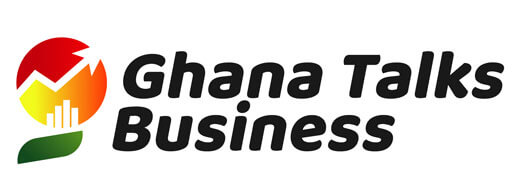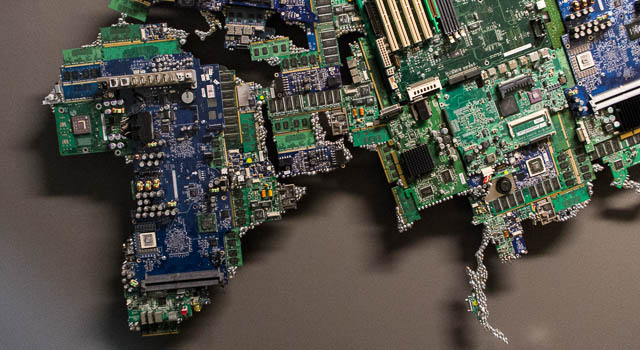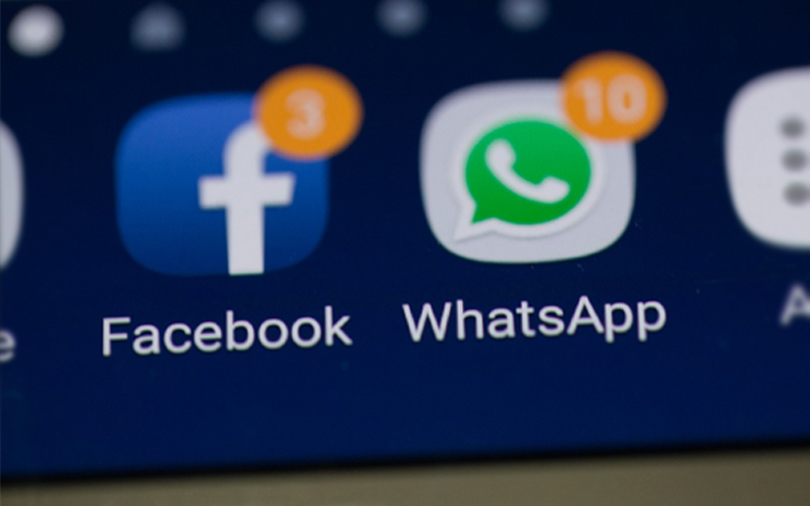
In 2003, Michael Jordan retired from basketball for the third time.
The greatest player of all time finally left behind a sport he had dominated throughout the 90s.
In the intervening years, Nike has continued to sell the shoes that bear his name, with sales last year rising 17% to $2.6 million.
Despite the decade-long absence of the man himself, the brand continues to dominate the market and be an extremely strong asset for Nike.
Back in 1991, when Jordan was at the height of his powers, brand expert David Aaker described brand equity as “A set of assets and liabilities linked to a brand, its name and symbol, that adds to or subtracts from the value provided by a product or service to a firm and/or to that firm’s customers.”
The Air Jordan brand is just one of the many strong assets that help to make up Nike’s brand equity.
Assets can include many creative elements around the brand: logos, slogans, colors, celebrities, fonts, music and advertising style.
Nike brand equity
In addition to these assets, the messaging produced by Nike is very consistent.
While the content of a Nike advert differs, they retain the same feel. By remaining consistent, and bolstered by the Swoosh logo and ‘Just Do It’ slogan, Nike are able to publish adverts without their brand name featured at all.
Social media and brand equity
Aaker gave his definition of brand equity 25 years ago when the world of marketing was a different beast. The widespread adoption of social media by consumers and brands has changed the brand/audience relationship drastically.
A brand’s online presence, particularly their social presence, can be an asset that builds brand equity, adding value to the consumer and the brand.
The power of word of mouth
Whether online or in real life, word of mouth is central to the discovery of new brands. It is one of the most widespread methods of discovery, and one of the most trusted. People discovering new brands in this way do so very naturally, and on a regular basis.
Conversations around content are particularly commonplace.
Think about the Netflix series Making a Murderer. A large number of people discovered the series through a friend or colleague who couldn’t stop talking about how good it was, or online through the huge amount of social talk around the programme.
Our primary motivation when discussing the latest show may be to strengthen interpersonal relationships, but our relationships with the brands we discuss changes too. These conversations can increase trust and opinion in a brand even before a direct personal experience, increasing the likelihood of proactive discovery and ultimately conversion.
The devices of today, the choice of how content is consumed, and the rise of adblockers: all have made it easier to ignore the content we don’t want to consume.
Listen to your customers and improve your assets
Word of mouth conversations are not the one-way screams for attention of old, and their organic nature means they are harder to ignore.
The brand/audience conversation
Conversations between brand and consumer are equally important, whether with a customer or a prospect. Good conversations can become a strong brand asset and drive brand equity.
What do successful conversations look like then?
We’ve moved on from buzz monitoring, and rightly so. People will discuss any part of their experience with a brand. Increasing the quality of conversation around your brand means improving every aspect of your offering. The social web adds a layer of transparency to all these interactions.
Driving positive conversations means focusing on every customer touchpoint: customer service, products and packaging, the point of sale experience, recruiting the right staff, good adverts and a good website.
A good brand/audience relationships help brand equity
Using a social intelligence tool, these conversations can be used as feedback to improve customer experience. UK retailer Argos improved its in-store experience by using geographical data to align in-store experience with local expectations. Customer service is an area that is moving from placating disgruntled customers to adding value to the experience.
We’ve heard from HR departments that are using social intelligence to discover potential new hires, and highlighting industry diversity issues by creating and joining relevant conversations.
The ability to segment conversations means that product feedback can offer insights into specific features, as this analysis of Windows 10 demonstrates.
Several adverts have been pulled from air after a social media backlash, averting PR disasters and improving customer sentiment.
In a world where brand and audience conversations happen in the public sphere, all of these aspects of a business can be considered a part of marketing. The positive or negative stories that emerge and spread online about a business help to inform consumer choice.
While social intelligence can boost traditional marketing practice, its role has expanded to inform multiple customer touch points. Improving customer experience at every point will benefit the consumer, drive better conversations, and enhance brand equity.
Credit: Bold Global









